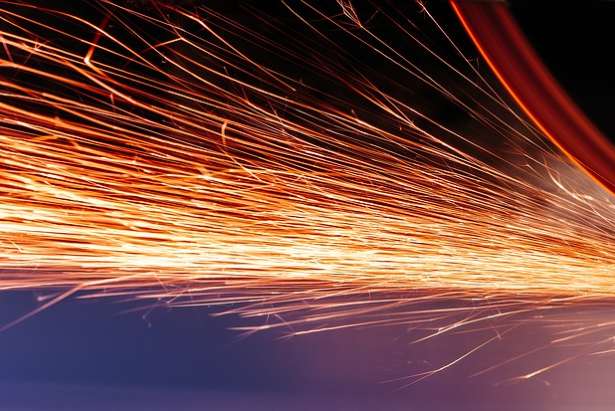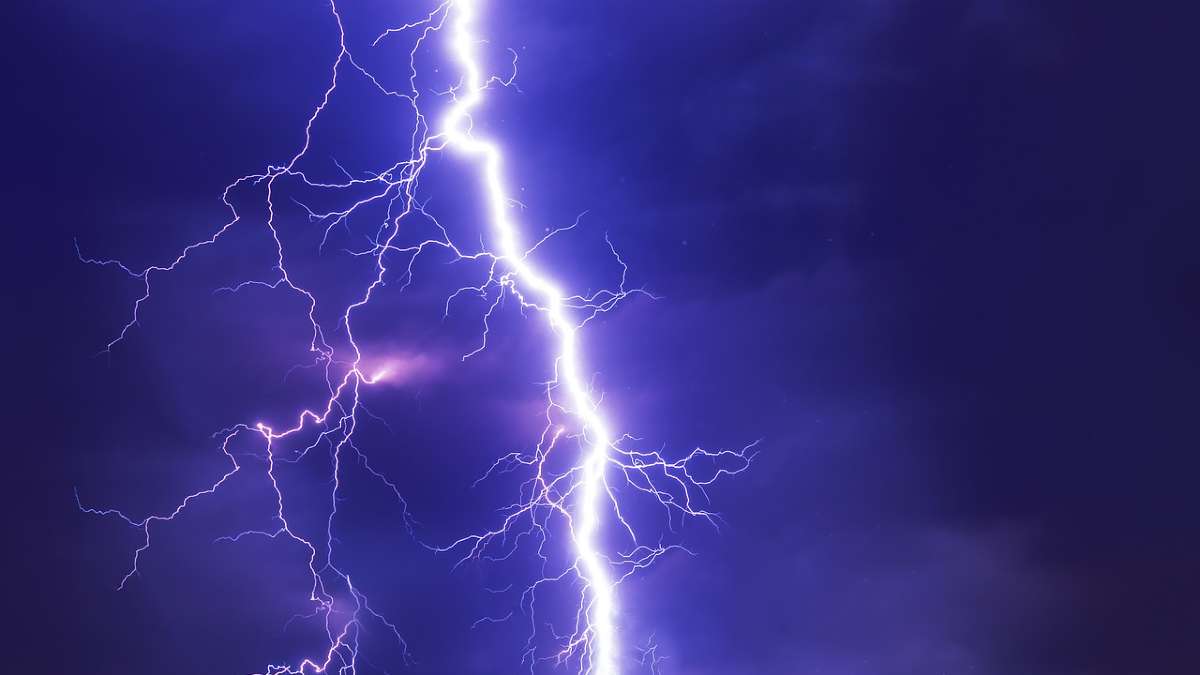If you’re wondering “Why is my corded drill sparking?”, there could be a number of reasons why. Corded drills tend to spark when new or being used for the first time, when there is dirt on the surface of the motor’s commutator, or the commutator has a pitted surface.
Some corded drills have a brushed DC motor while others have brushless motors. Sparks are often visible from the open grill body near the motor. This is entirely normal and is expected. If your drill is sparking from another area, it could be a sign of a problem.
To fully understand why drills spark, we need to describe more. Are you ready? Let’s go!
Drills That Spark
Electricity flows from the brush to the commutator in order to produce the magnetic field that turns the drill. The electric current often forms arcs between the brush and commutator. The arcs lead to the sparking that is seen near the rear of the drill.
Brushless drills should not have sparks. If any are seen, it could be a sign of some other problem, such as a defective battery. This may be a serious issue that you should not ignore.
With brushed drills, dirt or grime on the commutator can lead to sparking. The dirt can push the brush so that it does not make perfect contact with the commutator. Electrical arcs can jump between these surfaces.
Also, dirt can put scratches on the rotating commutator and give it a pitted surface. This rough surface leads to a poor connection between the brush and commutator and produces sparks.
In addition, a new brush may not make good contact with the commutator. This can lead to sparking. You may need to wear down the surface between the brush and commutator so that it becomes entirely smooth.
You can do this by operating the drill for a while. In summary, a new brush with a shape that does not match the commutator is a reason why the drill may spark when new or used for the first time and not spark after that.
Sparks From the Cord or Along the Body of the Drill
If you notice that your corded drill is sparking from the cord, stop using the drill immediately. A drill that is sparking from the cord poses a risk of electrocution and should be sent for repair or servicing through an authorized repair shop.
If your corded drill is sparking from anywhere else (except for around the brushes and commutator), then it’s a sign there is a fault with the drill. Stop using the drill immediately and have it checked and repaired by an authorized repair shop.
Do Older Corded Drills Spark Less?
Yes, older drills will tend to spark less. This is due to the wear and tear on the carbon brushes. Over time, the spinning commutator grinds the brush surface so that it matches the copper plates more closely. This makes it less likely that sparks will form.
Replacing the carbon brushes in an old drill will cause the drill to spark more until the carbon brushes wear to the shape of the commutator. While sparking is usually contained within the drill casing, it’s important to never use a corded drill in an enclosed space or near hazardous or flammable materials.
Normal Sparks vs Hazardous Sparks
The main difference between sparks that occur during normal operation and sparks that may be hazardous is gauged by where they are coming from, the intensity of the spark, and also the smell.
Normal Sparks
Normal sparks occur around the drill’s motor and brushes, and will usually come from a grill where small blue or white sparks are briefly visible during the drill’s operation. This type of spark will be contained within the drill body and is totally normal and safe to work with.
You often notice an electrical smell when a sparking drill is operated. This is actually due to Ozone gas formed by the electrical arc between the brush and commutator. This, by itself, doesn’t mean that there’s anything wrong with the drill.
Hazardous Sparks
Major or violent sparking that occurs during the use of the drill is usually pretty easy to spot. They will fly from the drill and can occur on any part of it, including the cord. These sparks will often be accompanied by a strong burning smell which is a telltale sign that your drill has a fault. I wrote another article about dangerous woodworking tools.
If you notice sparks being emitted outside of the drill casing or anywhere along the cord, stop using the drill immediately and remove it from the power source. Be sure to get your drill checked and repaired by an authorized repair center.

Why Is My Corded Drill Sparking: Conclusion
If you’re familiar with power tools or doing DIY, it’s likely you’ve experienced your corded power drill sparking and that’s part of its normal operation. If you notice anything unusual, violent sparks, electrical shocks, or a strong burning odor from the drill, it’s best to get the drill checked and repaired.
If you’re not familiar with a corded drill, always check the manufacturer’s user manual before use, and above all, ensure you use the appropriate personal protective equipment at all times during the operation of the corded drill.
Did you enjoy this article? If so, you might want to see my boards on Pinterest. They contain pins about woodworking, projects, tools, tips, techniques, DIY, crafts, and related topics.
Related Posts:
Are Drill Bits Interchangeable Between Brands?
Can An Electric Drill Be Used As A Screwdriver?
Can An Electric Drill Be Used As A Sander?
How To Make A Hole In Wood Without A Drill

